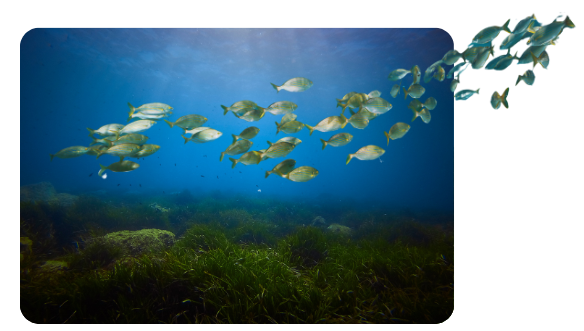Story
Are sunscreens damaging our marine environment?
02 August 2024
As the summer sunshine sends thousands flocking to the South West’s coastline, researchers from the University of Plymouth and Plymouth Marine Laboratory (PML) have highlighted the potential for sunscreens to damage the marine environment.

Writing for The Conversation, they have also offered advice on how to choose a product that protects from the sun’s rays without causing harm to the environment.
The article has been written by PhD researcher Anneliese Hodge, who is working with experts in ecotoxicology, marine chemistry and ecology at the University and PML to examine how sunscreens might impact a range marine species.
In the piece, she writes about her own journey to try and understand the pathways in which sunscreens enter our waterways and how to balance effective sun protection against environmental protection.
Anneliese says: “I’ve grown up by the coast, and am really passionate about protecting it. I used to feel extremely overwhelmed when trying to juggle the concept of making sure I got sufficient sun protection, whilst also ensuring the sunscreen I was wearing wasn’t harming the ocean. It has been a running theme in my Master of Research Marine Biology degree and, consequently, my PhD too.”
Anneliese first started exploring humans’ impact on the environment during her BSc (Hons) Environmental Sciences at the University of Plymouth, which captivated her interest in ecotoxicology.
It was during her ResM Marine Biology studies that she also started working with PML scientists, and it focused on the ecotoxicological effects of sunscreens and UV filters on seaweeds.
Her four-year PhD – titled An integrated approach to determine the food-chain transfer and ecotoxicological effects of UV filters on marine organisms – will expose a range of species to the compounds that feature in various sunscreen products to assess their impact.
It will then use a range of cutting edge techniques to establish the effects of these compounds on the DNA of species including algae and marine mussels, with the ultimate aim being to provide a food-chain analysis of UV filters and sunscreens.
